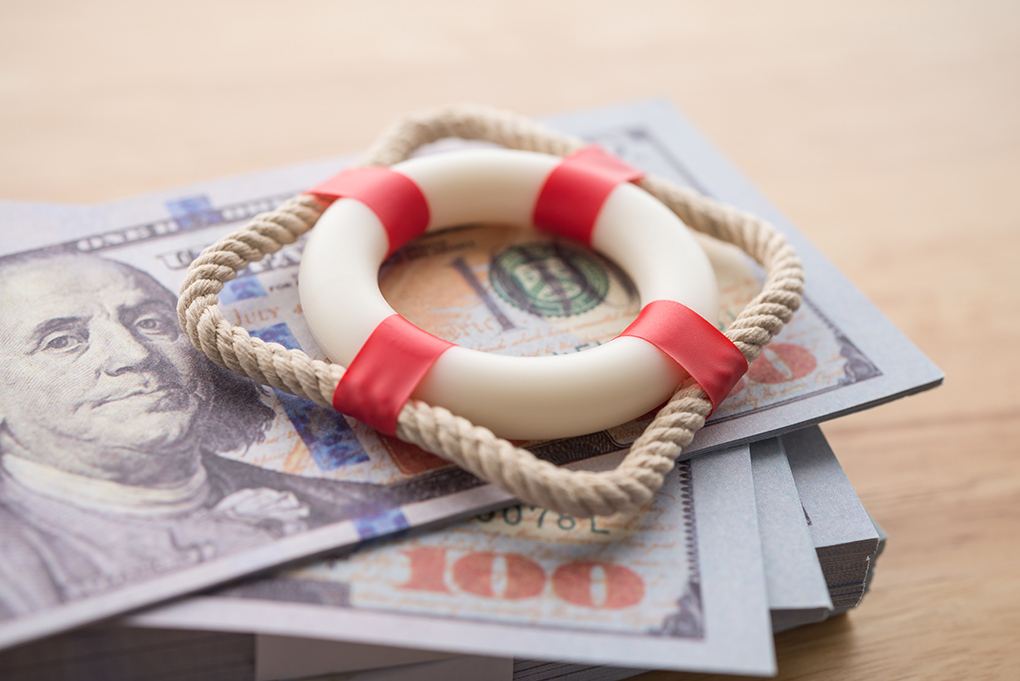

Banks and credit unions have long touted the benefits of saving and have offered products with saving-friendly features such as automatic saving transfers and digital tools to help account holders save for specific goals.
But despite the education and tools, many Americans struggle to have sufficient funds for emergencies. According to a 2021 Federal Reserve survey, nearly 40% of Americans don’t have the funds to cover an unexpected expense of $400. As a result, many consumers are turning to their 401(k) plans. According to Vanguard, hardship withdrawals were taken by 0.5% of 401(k) participants in October 2022, up from 0.3% in October 2021.
The government thinks it has the answer.
In December 2022, President Joe Biden signed the Setting Every Community Up for Retirement Enhancement 2.0 Act (the SECURE 2.0 Act) into law. Nestled inside the act’s 1,653 pages are a set of provisions intended to assist employees with their emergency savings and limit the tapping into retirement savings to cover an emergency.
Included in the bill is Section 127, Emergency Savings Accounts Linked to Individual Account Plans, and confusingly labeled “Pension Linked Emergency Savings Accounts,” a set of provisions intended to help Americans save for emergency expenses. In lieu of tapping into retirement savings such as a 401(k) or 403(b), employers with direct contribution plans (employee contribution retirement plans) will be able to offer an emergency savings option starting in 2024.
This is how these “sidecar” accounts will work:
Banks and credit unions may face two threats with the introduction of emergency savings via retirement plan providers:
The Secure 2.0 Act emergency savings provisions are intended to assist lower-income Americans, or those making less than $150K annually. In 2022, 69% of workers in the private sector had access to retirement benefits provided by their employers. Under the new law, employers can offer these new emergency savings accounts as an optional benefit.
There could be a silver lining here, but banks and credit unions cannot be passive. They need to take action.
Banks and credit unions can ride the momentum that will be generated from these new workplace benefits to their advantage. Having nearly seven in 10 private industry employees exposed to the benefits of emergency savings can be a catapult for banks and credit unions to raise awareness and give workers a choice.
These new emergency savings accounts are not the most user-friendly when an emergency hits. Portability and liquidity challenges with retirement providers may cause these programs to be a frustration for savers and trump the minimal tax-free growth that plan providers will tout. Plus, a $2,500 maximum is far from sufficient to cover the recommended six to nine months of expenses.
Effective marketing and communication along with some much-needed changes to your savings capabilities can put an institution in the driver’s seat. Here are four recommendations to capitalize on what should be a new focus on savings in the coming years.
Institutions that implement these changes will not only have a more meaningful savings solution, but they will also have something more valuable: the emotional connection to their customer’s rainy-day fund. The trust and emotional connection created with these accounts can open doors to other financial needs.